Aluminium cable wire is used in various industries for electrical transmission purposes. It is an alternative to copper cable wire due to its cost-effectiveness, lightweight nature, and good electrical conductivity properties. This article provides a comprehensive overview of aluminium cable wire, including its advantages, uses, considerations, and industry trends. Advantages of Aluminium Cable Wire: 1. Cost-Effectiveness: Aluminium is more affordable than copper, making it a budget-friendly alternative for electrical wiring projects. 2. Lightweight: Aluminium is significantly lighter than copper, making it easier to handle during installation, reducing shipping costs, and providing increased flexibility. 3. Good Electrical Conductivity: Aluminium wire possesses excellent electrical conductivity, allowing for efficient power transmission and reducing power loss over long distances. 4. Corrosion-Resistance: Aluminium naturally forms a protective oxide layer, which makes it more resistant to corrosion than copper. 5. Sustainability: Aluminium is easily recyclable, offering environmental benefits and contributing to sustainable practices.
wire and cable
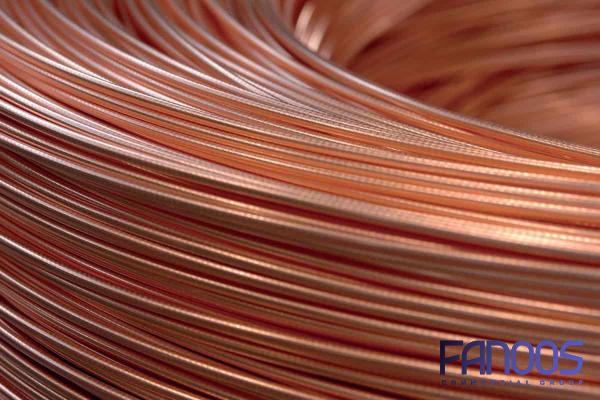 Uses of Aluminium Cable Wire: 1. Electrical Transmission: Aluminium cable wire is widely used for electrical power transmission, including overhead power lines, distribution networks, and high-voltage systems. 2. Construction Projects: Aluminium wire is employed in various construction applications, including residential, commercial, and industrial buildings, for internal electrical wiring. 3. Automotive Industry: Aluminium cables are utilized in vehicles for electrical systems, such as wiring harnesses, batteries, and motors. 4. Aerospace Sector: Aluminium wire is an essential component in the aerospace industry for aircraft electrical systems and wiring applications. 5. Renewable Energy Projects: Aluminium cables are used in renewable energy systems, including solar power plants and wind farms, for efficient power transmission. Considerations for using Aluminium Cable Wire: 1. Ampacity: Aluminium cable wire typically has a lower ampacity than copper, meaning larger wire sizes may be required to match the electrical properties of copper.
Uses of Aluminium Cable Wire: 1. Electrical Transmission: Aluminium cable wire is widely used for electrical power transmission, including overhead power lines, distribution networks, and high-voltage systems. 2. Construction Projects: Aluminium wire is employed in various construction applications, including residential, commercial, and industrial buildings, for internal electrical wiring. 3. Automotive Industry: Aluminium cables are utilized in vehicles for electrical systems, such as wiring harnesses, batteries, and motors. 4. Aerospace Sector: Aluminium wire is an essential component in the aerospace industry for aircraft electrical systems and wiring applications. 5. Renewable Energy Projects: Aluminium cables are used in renewable energy systems, including solar power plants and wind farms, for efficient power transmission. Considerations for using Aluminium Cable Wire: 1. Ampacity: Aluminium cable wire typically has a lower ampacity than copper, meaning larger wire sizes may be required to match the electrical properties of copper.
Specifications of wire and cable
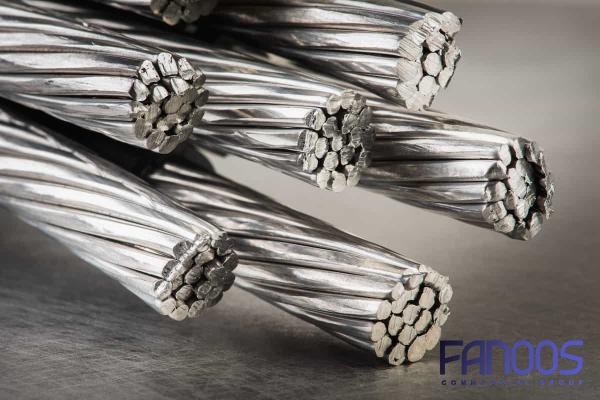 2. Higher Resistance: Aluminium has higher electrical resistance than copper, leading to higher power losses, which must be considered in long-distance transmission or high-current applications. 3. Mechanical Properties: Aluminium is softer than copper, making it more susceptible to breakage or damage during installation if not handled with care. 4. Connections: Extra care must be taken when making electrical connections with aluminium wire due to its tendency to form oxide layers, which can affect electrical conductivity. 5. Expansion and Contraction: Aluminium wire has a higher coefficient of thermal expansion than copper, requiring appropriate allowances to accommodate temperature variations. Industry Trends and Innovations: 1. Aluminium Alloy Conductors: The industry is exploring the use of aluminium alloy conductors for improved performance, durability, and reduced losses. 2. Enhanced Installation Methods: Innovations in installation techniques such as compression connectors and updated installation guidelines contribute to better connections and increased safety. 3. Standards and Regulations: Governments and industry organizations regularly update standards and regulations to ensure the safe and efficient use of aluminium cable wire.
2. Higher Resistance: Aluminium has higher electrical resistance than copper, leading to higher power losses, which must be considered in long-distance transmission or high-current applications. 3. Mechanical Properties: Aluminium is softer than copper, making it more susceptible to breakage or damage during installation if not handled with care. 4. Connections: Extra care must be taken when making electrical connections with aluminium wire due to its tendency to form oxide layers, which can affect electrical conductivity. 5. Expansion and Contraction: Aluminium wire has a higher coefficient of thermal expansion than copper, requiring appropriate allowances to accommodate temperature variations. Industry Trends and Innovations: 1. Aluminium Alloy Conductors: The industry is exploring the use of aluminium alloy conductors for improved performance, durability, and reduced losses. 2. Enhanced Installation Methods: Innovations in installation techniques such as compression connectors and updated installation guidelines contribute to better connections and increased safety. 3. Standards and Regulations: Governments and industry organizations regularly update standards and regulations to ensure the safe and efficient use of aluminium cable wire.
buy wire and cable
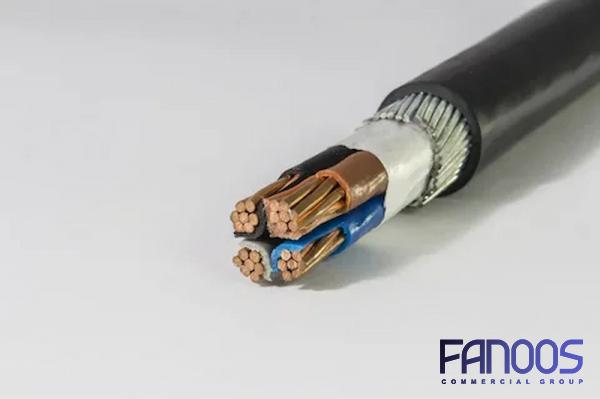 4. Increased Demand: The growing demand for renewable energy projects, urban infrastructure development, and automobile manufacturing is expected to drive the demand for aluminium cable wire. 5. Research and Development: Ongoing research aims to address the challenges associated with aluminium, including reducing power losses, improving its mechanical properties, and developing better connection techniques. Conclusion: Aluminium cable wire is an excellent alternative to copper in various industries, offering cost-effectiveness, lightweight design, and good electrical conductivity. It finds extensive use in electrical transmission, construction, automotive, aerospace, and renewable energy sectors. While considerations such as ampacity, resistance, mechanical properties, and connections must be taken into account, industry trends and innovations are constantly working towards improving the performance and efficiency of aluminium cable wire. Its sustainability and recyclability also contribute to its attractiveness as a wiring solution.
4. Increased Demand: The growing demand for renewable energy projects, urban infrastructure development, and automobile manufacturing is expected to drive the demand for aluminium cable wire. 5. Research and Development: Ongoing research aims to address the challenges associated with aluminium, including reducing power losses, improving its mechanical properties, and developing better connection techniques. Conclusion: Aluminium cable wire is an excellent alternative to copper in various industries, offering cost-effectiveness, lightweight design, and good electrical conductivity. It finds extensive use in electrical transmission, construction, automotive, aerospace, and renewable energy sectors. While considerations such as ampacity, resistance, mechanical properties, and connections must be taken into account, industry trends and innovations are constantly working towards improving the performance and efficiency of aluminium cable wire. Its sustainability and recyclability also contribute to its attractiveness as a wiring solution.
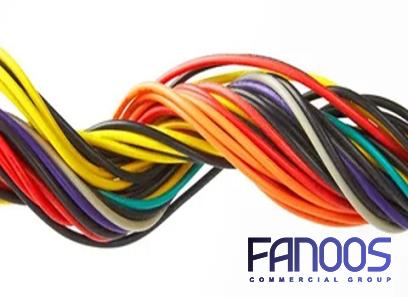
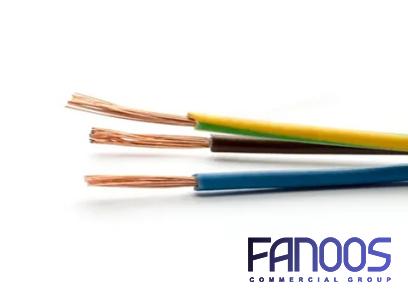
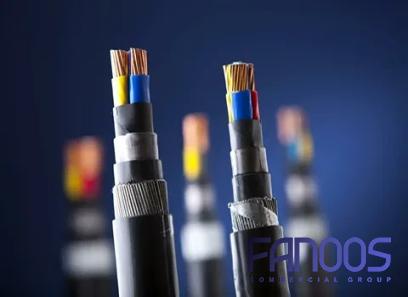
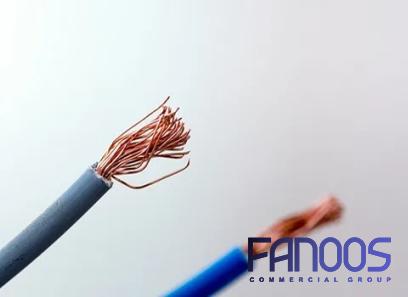
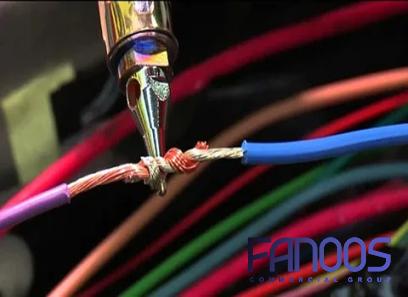
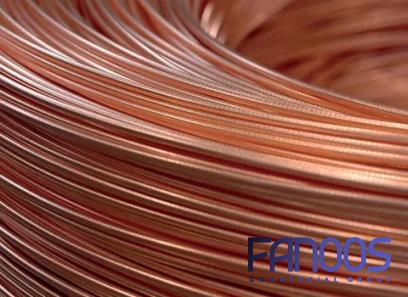
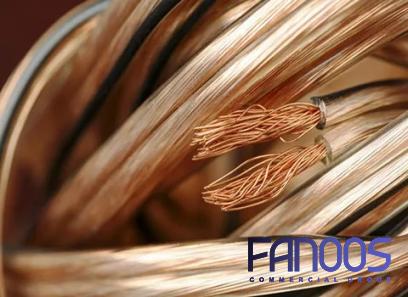
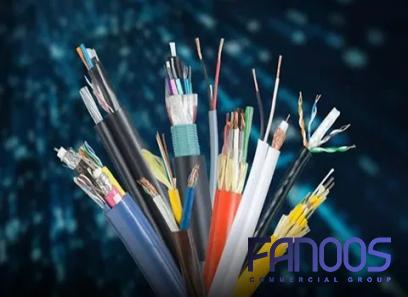
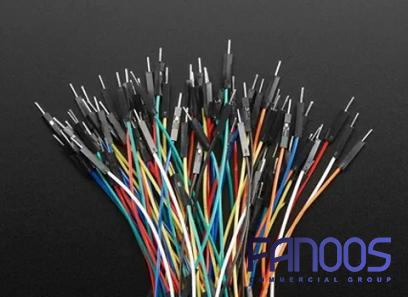
Your comment submitted.